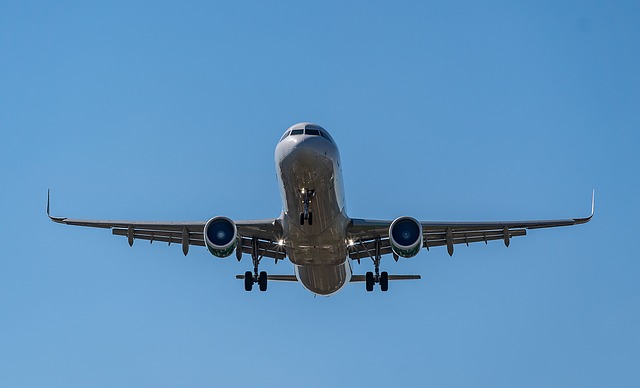
- The Philippines will lift its travel ban on 10 Asian countries starting September 6
- The ban covers India, Pakistan, Bangladesh, Sri Lanka, Nepal, United Arab Emirates, Oman, Thailand, Malaysia and Indonesia
- The Inter-Agency Task Force for the Management of Emerging Infectious Diseases has approved the adoption of “yellow” and “red” classifications, which pertain to medium-risk and high-risk countries, respectively
- The classifications are based on a country’s incidence rates, case counts, and testing data
The Philippines will lift its travel ban on 10 Asian countries starting September 6.
This follows the presidential approval of an Inter-Agency Task Force for the Management of Emerging Infectious Diseases (IATF) recommendation to lift the travel restrictions on India, Pakistan, Bangladesh, Sri Lanka, Nepal, United Arab Emirates, Oman, Thailand, Malaysia and Indonesia.
The Philippines last April implemented a travel ban on incoming passengers from India due to the surge in COVID-19 cases in that country. In May, the travel ban was expanded to cover Pakistan, Bangladesh, Nepal, Sri Lanka, UAE, and Oman. On July 16, a travel ban was again imposed on India, and on July 25 it was expanded to cover Malaysia and Thailand. The ban on the 10 countries has been extended a few times until September 5.
With the lifting of the ban, international travelers coming from the 10 countries should still comply with the appropriate entry, testing and quarantine protocols, depending on the country’s approved “listing.”
The IATF has approved the adoption of “yellow” and “red” classifications, in addition to the “green list” of countries/jurisdictions/
The classification is based on a country’s incidence rates and case counts as primary criteria, and testing data as secondary criteria. The incidence rate is the cumulative new cases over the past 28 days per 100,000 people in the population, while case counts are cumulative new cases over the past 28 days.
Yellow list countries/jurisdictions/ territories are classified as “moderate risk” based on the following metrics: for populations greater than 100,000, the incidence rate (cumulative new cases over the past 28 days per 100,000 population) should be 50 to 500; and for populations less than 100,000, the COVID-19 case counts (cumulative new cases over the past 28 days) should be 50 to 500; and testing rate of tests over the past 28 days per 100,000 population.
Regardless of their vaccination status, inbound international travelers coming from yellow list countries or with a travel history in yellow list countries within the last 14 days prior to arriving in the Philippines should undergo a 14-day quarantine upon arrival. They have to complete the first 10 days in a quarantine facility and the remaining four days under home quarantine in their local government unit (LGU) of destination.
They should also undergo reverse transcription polymerase chain reaction (RT-PCR) testing on the seventh day, with their day of arrival serving as the first day. Despite a negative test result, they have to complete their facility quarantine for 10 days.
The Bureau of Quarantine (BOQ) should ensure strict symptom monitoring while in the facility quarantine for 10 days.
Moreover, travelers from yellow list countries will be subject to special protocols approved by the IATF or the Office of the President for certain classes of travelers or ports of origin.
The IATF classified red list countries/jurisdictions/
Regardless of their vaccination status, inbound international travelers coming from or who have been to red list countries/jurisdictions/
Protocols for returning Filipinos from red list countries are similar to protocols for those coming from yellow list countries.
In addition, all passengers, whether Filipinos or foreigners, merely transiting through a red list country will not be deemed as having come from or having been to said country if they stayed in the airport the whole time and were not cleared for entry by the red list country’s immigration authorities.
Upon arrival in the Philippines, passengers merely transiting though a red list country will be covered by existing testing and quarantine protocols.
The IATF, meanwhile, has amended countries on the green list, which now includes American Samoa, Anguilla, Australia, Benin, Burkina Faso, Cameroon, Cayman Islands, Chad, China, Comoros, Republic of the Congo, Djibouti, Equatorial Guinea, Falkland Islands (Malvinas), Gabon, Grenada, Hong Kong, Hungary, Mali, Federated States of Micronesia, Montserrat, New Caledonia, New Zealand, Niger, Northern Mariana Islands, Palau, Poland, Saba, Saint Pierre and Miquelon, Sierra Leone, Sint Eustatius, Slovakia, and Taiwan.




